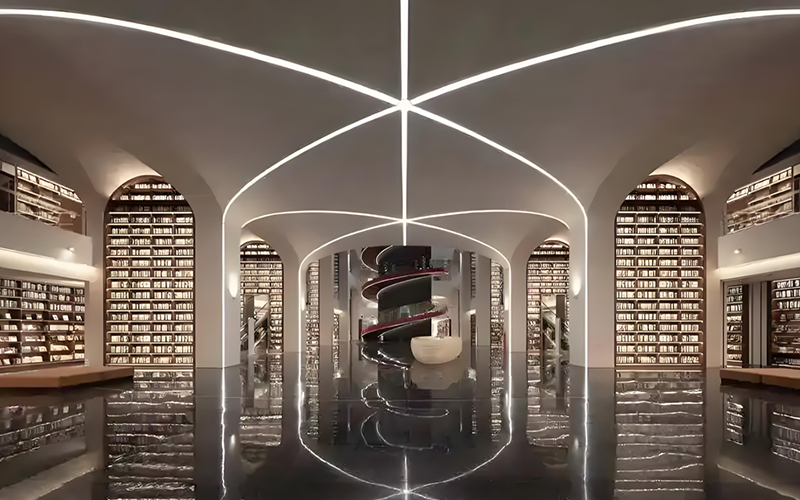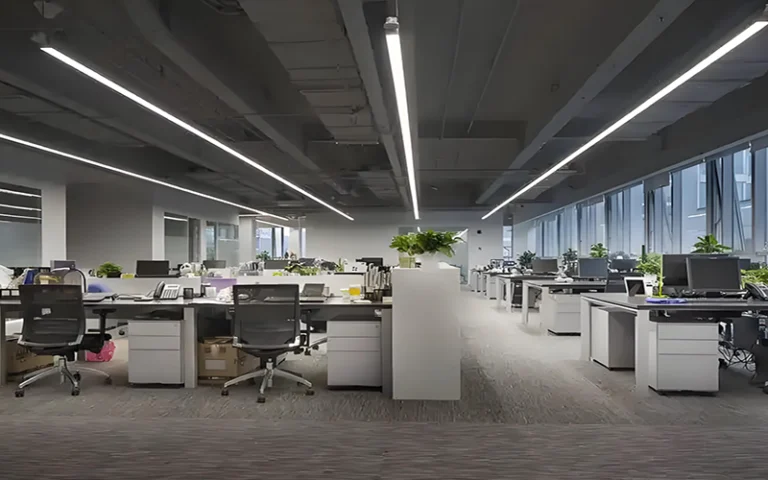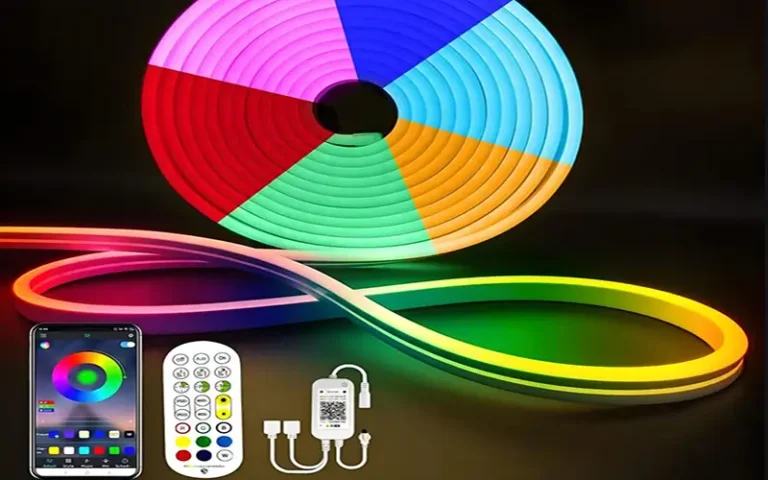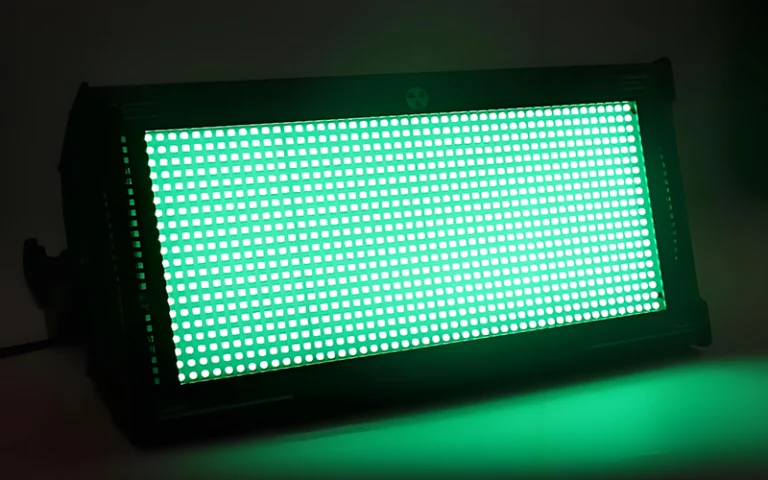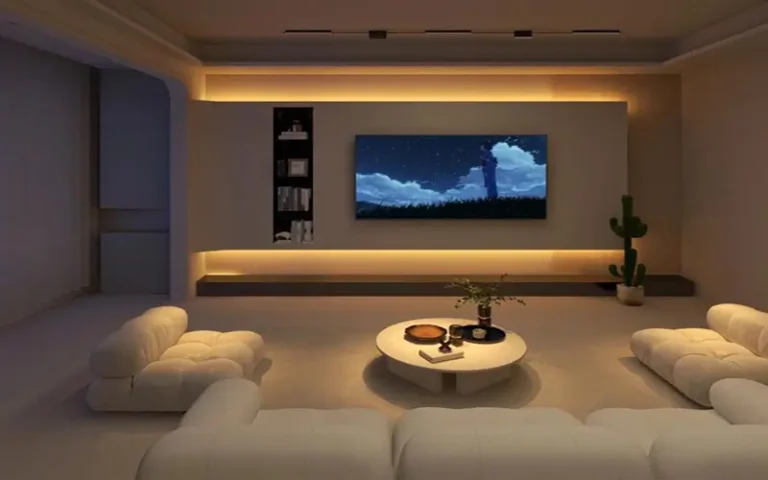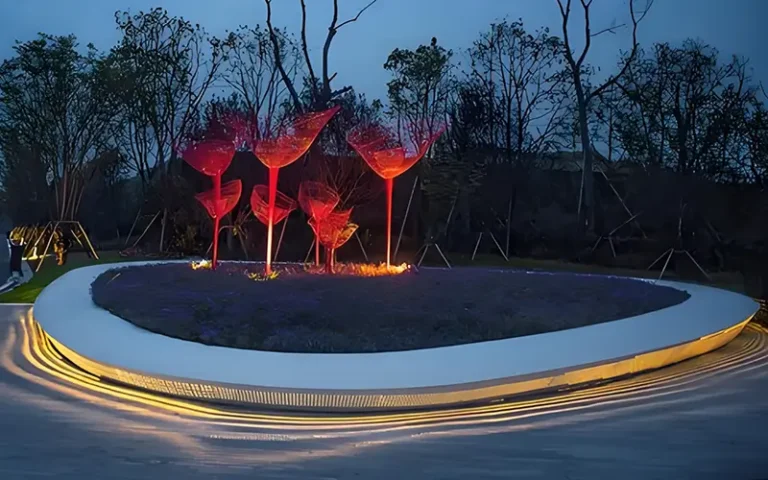Does Lighting Design Affect Energy Consumption?
Lighting design can actually affect energy consumption, which is an important factor to pay attention to, but people often overlook this. Thoughtful lighting design can not only enhance the aesthetics of a room or building, but also optimize energy use, reducing costs and environmental impact. Now, by understanding the principles of energy-efficient lighting design, we can create spaces that are both practical and sustainable.
The Relationship Between Lighting Design and Energy Consumption
Energy efficiency in lighting design is closely related to the distribution and control of light. For each space in the room, we need to plan the use and lighting purpose. By choosing the right type of lighting for each area, we can reduce wasted light (such as excessive brightness or unnecessary glare) and focus on creating a comfortable, energy-efficient environment. About the bedroom lighting design, pls read 12 Tips for Bedroom Lighting Design
The most important point is that designs that combine specific task lighting and ambient light sources tend to consume less energy because they target specific needs rather than over-illuminating the space.
How Lighting Design Layout Affect Energy Consumption Use?
The layout of lighting fixtures can significantly impact energy usage. Let’s take an example now, an evenly lit space will often use more fixtures and electricity than necessary, whereas a strategic layout can minimize the number of fixtures without compromising lighting.
In a well-designed layout, lighting is concentrated where it is needed most, and fixtures are placed to maximize natural light and reduce reliance on artificial light sources. In open-plan spaces, clustered or zoned lighting can provide adequate illumination with fewer fixtures, thereby reducing overall energy consumption.
Importance of Light Levels and Intensity in Energy Consumption
Light intensity or brightness is another key factor in energy consumption. The higher the light intensity, the more electricity is consumed, so it is important to choose the right brightness level for each space.
For example, ambient lighting in living rooms and bedrooms usually requires lower intensity. So we can choose a lower-power lighting design, thereby reducing unnecessary energy consumption.
On the other hand, task lighting in the kitchen or office may require a stronger focused light, which requires a high-power lighting design. Dimming functions allow users to adjust the light intensity according to their activities, thereby reducing energy waste.
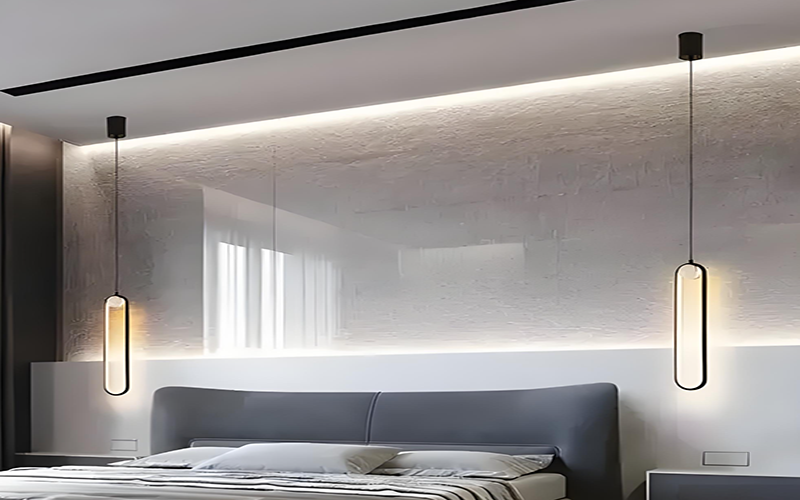
How to Choose the Right Lighting Fixtures to Save Energy?
As we know, not all lighting fixtures on the market are equally energy-efficient. For example, LED fixtures consume much less energy than traditional incandescent or halogen lamps.
Fixtures with high luminous efficacy (measured in lumens per watt) provide more light output per unit of power, making them a great choice for energy-efficient designs.
In addition, recessed, track, and directional lights can also save energy by directing light exactly where it is needed, eliminating unnecessary lighting.
The Role of Natural Light in Reducing Energy Usage
Natural light is a valuable resource to reduce energy consumption, so we must make good use of natural light reasonably. When you choose the structure and decoration of your home, be sure to consider natural light.
Introducing daylight through windows, skylights or glass doors can significantly reduce the need for artificial lighting during the day. Incorporating natural light into your lighting design reduces reliance on power and creates a more inviting atmosphere.
Additionally, natural light can be further enhanced using reflective surfaces and strategically placed light fixtures, allowing it to be dispersed evenly throughout the space.
Lighting Controls and Automation Can Improve Energy Savings
Modern and advanced lighting design also affect energy consumption. Motion sensors, timers, and daylight sensors can automatically adjust lighting based on usage and ambient light levels, improving energy efficiency.
For example, motion sensors turn off lights in unoccupied rooms, while daylight sensors dim artificial lighting when natural light is sufficient.
Automated systems and smart controls can be customized to suit daily habits, minimizing unnecessary energy use and maximizing convenience.
LED Lighting vs. Traditional Lighting: Energy Comparison
LED lighting is one of the most energy-efficient options available today. LEDs use up to 80% less energy than traditional incandescent bulbs and last longer, which reduces replacement costs.
While incandescent and fluorescent lighting options tend to lose energy as heat, LEDs convert much of that energy into visible light. Making them a superior choice for efficiency and sustainability.
In modern lighting design, choosing LEDs over other types of lighting whenever possible can lead to significant energy savings in residential and commercial applications.
The Impact of Color Temperature on Energy Efficiency
Color temperature is measured in Kelvin (K) and refers to the change in light from warm to cool tones. Warm light 3000K is generally low intensity and suitable for warm environments and mood lighting. Cool light 5000K and above is high intensity and is often used in the workplace. About the warm white, pls read Should I Choose 3000K or 4000K for Home Lighting?
Choosing the right color temperature lighting design has an indirect affect on energy consumption. In a relaxing environment, warm light with low intensity can reduce the need for excessive brightness. While cool light in a work area can provide clarity without the excessive use of multiple lamps.
Conclusion
Thoughtful and well-planned lighting design balances lighting needs and energy efficiency. From selecting efficient LEDs and choosing strategic fixture locations to utilizing natural light and employing advanced controls. Every decision plays an important role in creating a practical and sustainable lighting plan.
At ESSENLED, you can choose high-efficiency LED strip lights that can reach 190LM/W. And help reduce energy bills and create a more environmentally friendly environment.


